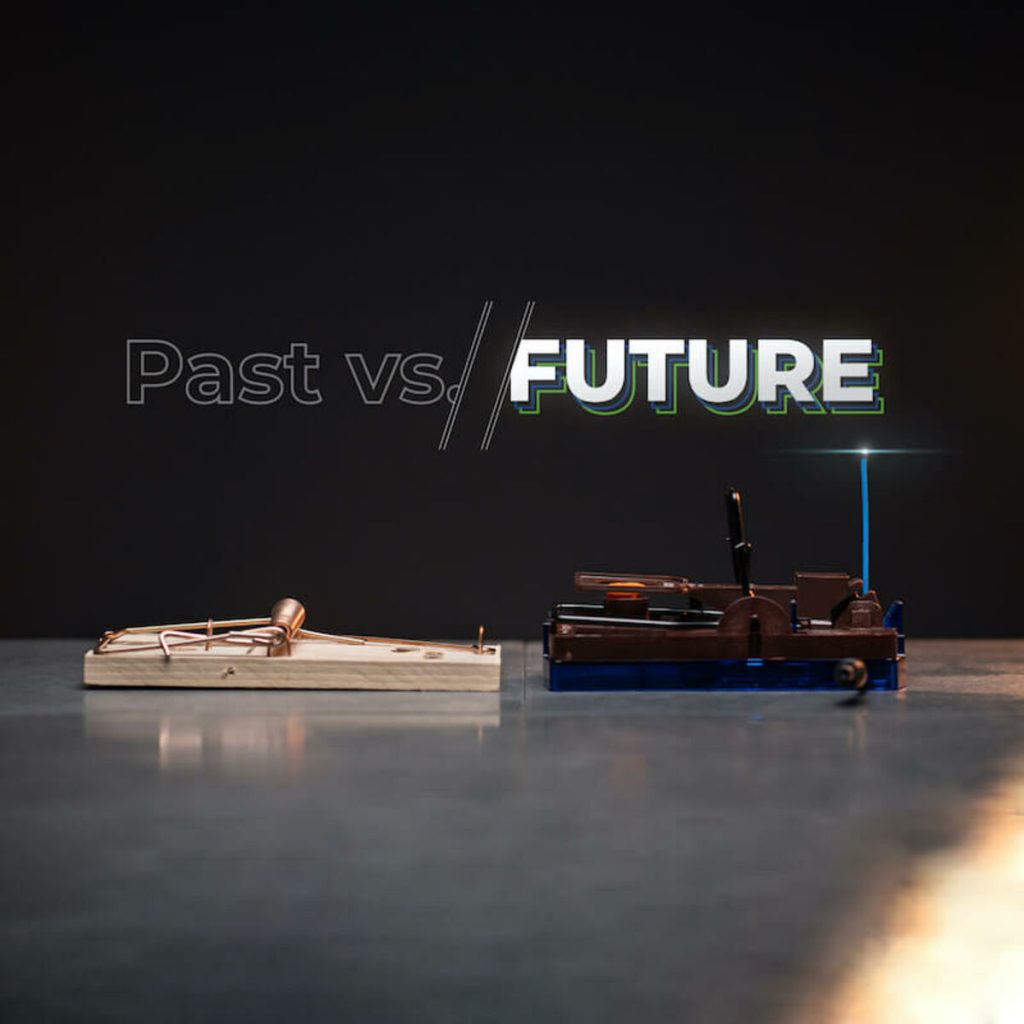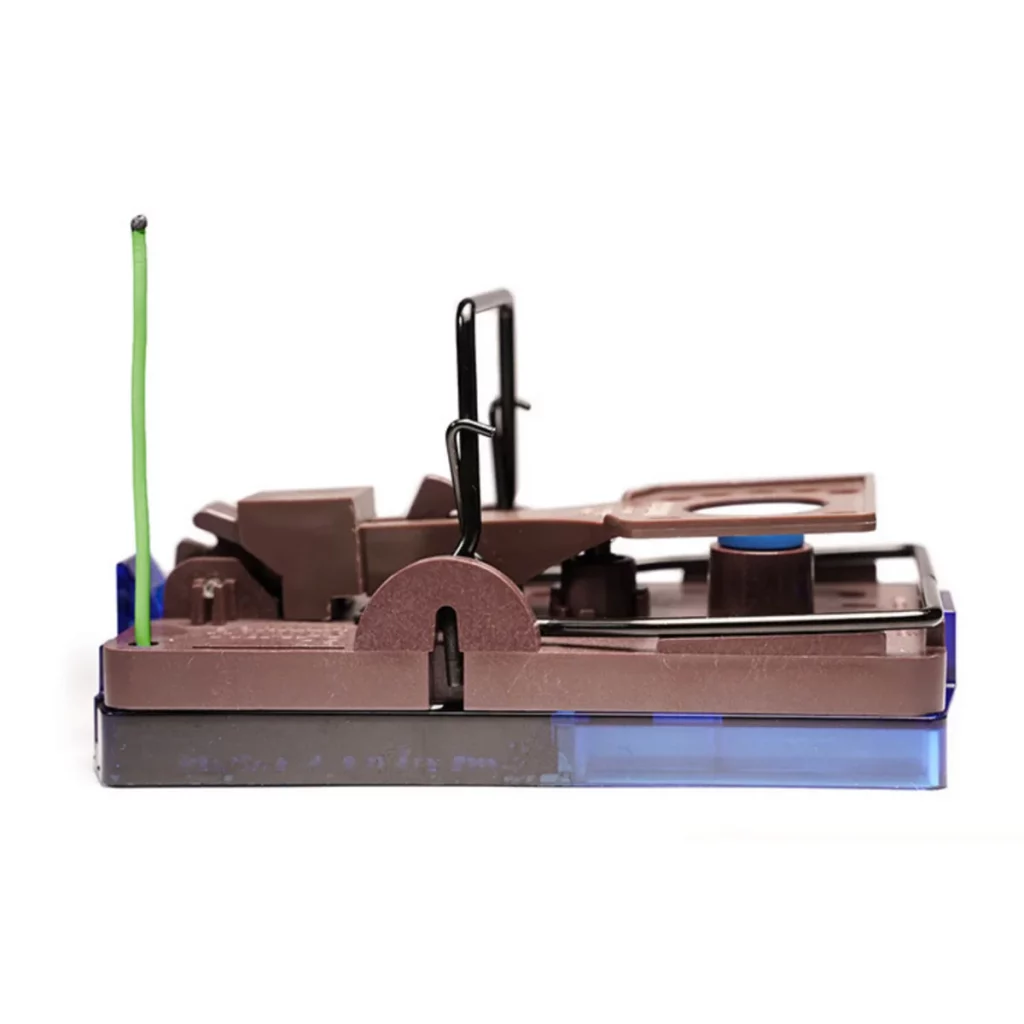ADVANTAGES AND DISADVANTAGES OF DIGITIZATION
- Innovation | Pest Control
- Verfasst von Daniel Schröer
- 5 min. Lesezeit

SPOILER ALERT: THE ADVANTAGES OUTWEIGH THE DISADVANTAGES
We will now explain why, because it also involves financial aspects that are not visible at first glance.
The clear disadvantage of digitization is the high expense associated with it. It was also a high cost to build a car and thereby replace the carriage. Or suddenly using a cell phone. It was also not easy to integrate iPhones and other smartphones into the daily work routine, to introduce remote work or home office. And the electromobilization of automobiles is not easy either.

The only question is: is there an alternative and how much sense does the change make?
The cost of digitization is, of course, another drawback. After all, you have to change. In pest control, the move to digitalization means a gigantic rethink. In the past, people used to place poison bait boxes everywhere. These boxes have given one (supposed) security and the farms the opportunity to make even more money. More boxes = more money and longer service times = more money again.
If you want to convert your business to digital products, you will incur costs for digitization:
- Higher acquisition costs of the equipment (CapEx)
- Training and education of personnel
- Communication with the customers
- Data protection, product safety
So how can I now install expensive digital boxes or IoT / AI Cameras that cost me a lot of money to begin with, and still make more money from them? The effort behind it is certainly one of the disadvantages of digitization.
ADVANTAGES OF DIGITALIZATION
In addition, the following advantages speak in favor of digitization:
- Better service for the customer
- More transparency, more data and knowledge about condition of traps or other
- Faster transfer of knowledge and thus better service
So let’s be clear: In addition to all the benefits, digitization also has drawbacks. However, these are only short-term in nature and are challenges rather than disadvantages of digitization. The challenge makes the companies stronger, future-proof and, above all, enkelfähig.
What is frequently googled is “digitalization impact environment”. And yes, digitization has a huge impact on the environment. On scale, you can say that you can reduce your carbon footprint tremendously by making fewer trips to the customer and fewer toxins. In addition, it also has an impact on jobs and digitalization (also a common Google search: “jobs digitalization”). In fact, the jobs are moving from service activities such as control of pest boxes more in the direction of production of the IoT devices as well as data management. And that brings us to the benefits of digitization for companies.
AN EXAMPLE FROM THE FIELD
Imagine a world where every pest box is monitored with an image every second. Thus, 95% of the boxes can be eliminated worldwide.
Why 95%?
An anonymous case study by one of the largest pest control clients in the world found that over 95% of boxes are not frequented by rodents such as mice, which are the biggest problem. So the company removed 95% of the boxes and left 5% digital boxes. Unbelievable or? But that was not it yet. The operation has also reduced from 30-52 visits p.a. to 3-8 visits p.a.
Can this work? 95% of boxes removed and over 80-90% of visits p.a.?
Yes! And it even resulted in the pest problem going down by over 50% measured over 100 days due to this switch from analog to digital. An incredible success that encourages the company to continue digitizing.

The benefits of digitization for the economy are therefore obvious. Fewer boxes, less human service, taking away “perceived security”, bringing in IoT devices for 24-7 monitoring and thus better pest control – 100% digital.
The fear that pest controllers will not be able to detect the infestation is unfounded. The customer has found that only 4% of the sightings come from the Pest Controller, with the rest, 96% coming from the digital IoT boxes or employees.
The way you make money with it is different, of course. The service provider has to change from a service company / facility manager to a combined company “service and SAAS”.
SERVICE AND SAAS
What does that mean?
When the IoT boxes detect infestations, direct action must be taken, harder and faster than before, and above all according to the IPM (integrated pest management) principle. Seal, sanitize, repellent, set lots of traps and bring the infestation down significantly within a few days. This also costs more money for the action once, but lasts forever. So the business “earns” less for the service, but more through the IoT devices that are rented out as well as for the data they generate.
Let’s assume a supermarket pays 600€ p.a. to a Pest Control company. So now the company needs to remove the 20 traps and replace them with 5-6 digital traps. In addition, reduce the 12 visits to 2-6. The price will remain at 600€ or even increase to 700€. Then, when infestation is detected, it must also be consistently combated / sealed, etc. (IPM).
SUMMARY
Rethinking is not easy, but the advantages and disadvantages of digitization in the world of work are clear: It is proven to be more measurable. Especially after the investments in the first year, pest companies usually “earn” more, because the equipment is paid off quite quickly. In addition, they can now serve even more customers “on scale” with their technicians and operate more competitively on the market.
The customers and standards as well as the multinationals of the pest control industry have recognized it: The future is digital and according to the CEO of Anticimex “the next best thing to sliced bread”. A discussion about the costs and co. is feasible, but unnecessary, because the costs will come down in the medium term. In addition, it is becoming increasingly difficult to find employees for service. This is manageable for small family businesses but a big future problem for multinationals / corporations.
Few want to be pest controllers anymore according to a survey in the United States. Because of Covid and Co. everything has become more uncomfortable. Wages are also rising with inflation and it threatens to become unprofitable. So the customers’ urge for good digital solutions comes at the right time and will therefore be implemented all the more in the next 5-10 years.
We look forward to traveling this road with you. It will be different, but it will come and it will be fun.


